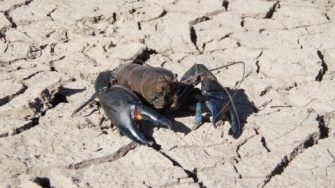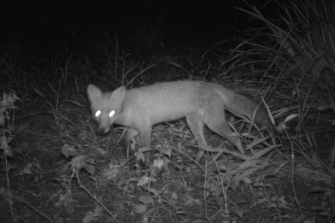
Project outline
This project examines the effects of drying on aquatic invertebrate communities in intermittent river systems. Intermittent rivers, or rivers that periodically cease to flow, are the prevalent river type in Australia and occur across many climatic regions. It was historically assumed that intermittent rivers have low biodiversity value; however, intermittent rivers can support a diverse range of taxa, with aquatic invertebrates pivotal in the 'boom and bust' ecology of these systems. We know little, however about the tolerance of aquatic invertebrates to extended drying, the strategies they use, and limits to survival.
Physiological and behavioural strategies to survive drying are being investigated in this project across different climatic regions. These refugial strategies include persistence in pools, aestivation in dry sediment and aerial dispersal. The importance of understanding intermittent river dynamics will increase in regions that experience drying trends due to climate and land-cover change, and increasing water abstraction for human use.
This study is part of a wider ARC linkage project comprising innovative approaches to identifying regional responses of biodiversity to climate change.


